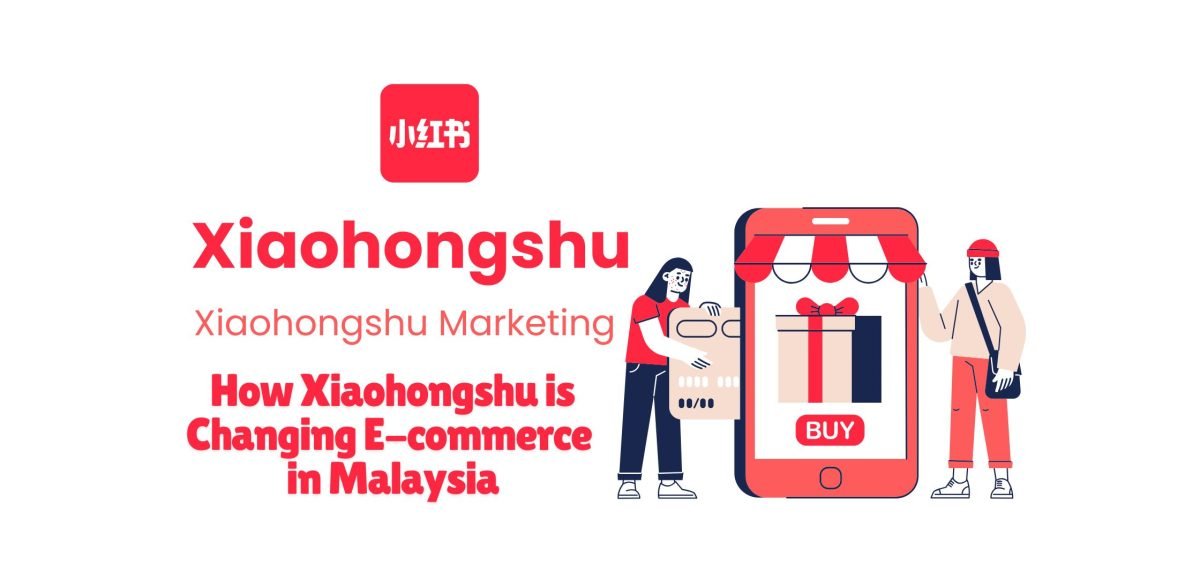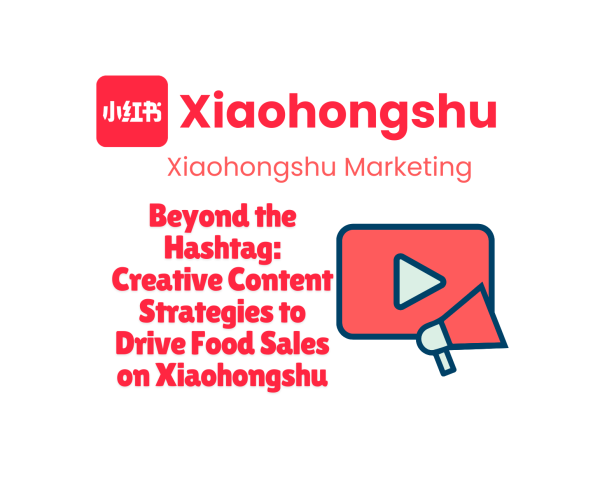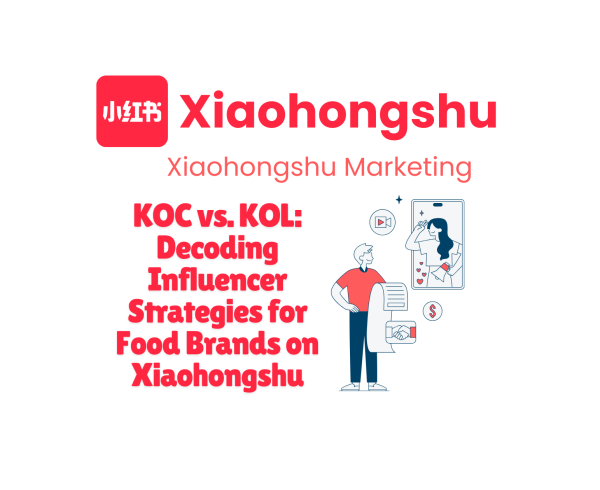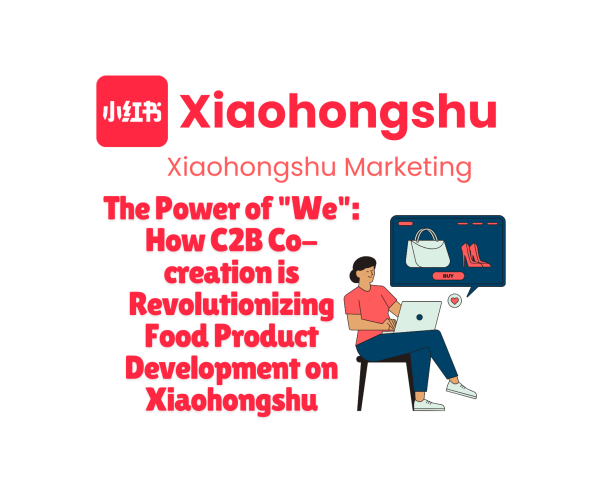As Xiaohongshu (Little Red Book) continues to gain traction in Malaysia, it’s revolutionizing the way consumers discover, evaluate, and purchase products. At the heart of this revolution is user-generated content (UGC), a key feature that sets Xiaohongshu apart from traditional e-commerce platforms. This article explores how UGC on Xiaohongshu is reshaping the e-commerce landscape in Malaysia.
The UGC Model on Xiaohongshu
Xiaohongshu’s success is built on its emphasis on authentic, user-generated content. Here’s how it works:
- “Shopping Notes”: Users share detailed reviews, photos, and tips about products they’ve purchased or experiences they’ve had.
- Visual Emphasis: High-quality photos and videos are crucial, allowing users to see products in real-life contexts.
- Community Engagement: Users can like, comment, and save posts, creating a vibrant ecosystem of interaction around products and experiences.
Impact of UGC on Malaysian Consumers
A study revealed some striking statistics about how UGC on Xiaohongshu influences Malaysian young adults:
– 83% have made a purchase based on recommendations or reviews found on Xiaohongshu
– 91.5% say Xiaohongshu reviews help them decide whether to buy a product
– 84% consider Xiaohongshu their primary source of information before making online purchases
These findings highlight the significant impact UGC is having on consumer behavior in Malaysia, particularly among younger demographics.
Why UGC Resonates with Malaysian Consumers
- Trust in Peer Recommendations: Malaysian consumers, like their global counterparts, tend to trust recommendations from peers more than traditional advertising.
- Cultural Relevance: UGC from Malaysian users or those with similar cultural backgrounds provides context-specific insights that resonate with local consumers.
- Visual Decision-Making: The visual nature of Xiaohongshu’s content aligns well with Malaysia’s visually-oriented social media culture.
- Detailed Information: UGC often provides more detailed and practical information about products than official descriptions, which is valuable for making informed decisions.
Implications for Malaysian Businesses
The rise of UGC-driven e-commerce on platforms like Xiaohongshu has several implications for Malaysian businesses:
- Authenticity is Key: Brands need to focus on delivering genuinely good products and experiences, as they can’t control the narrative in a UGC-driven environment.
- Encourage Reviews: Businesses should actively encourage customers to share their experiences on Xiaohongshu, particularly for products popular among Chinese tourists or the local Chinese Malaysian community.
- Influencer Collaboration: Partnering with Malaysian influencers who have a presence on Xiaohongshu can help brands tap into the power of UGC.
- Cross-Border Opportunities: Malaysian brands can use Xiaohongshu’s UGC model to gain credibility and visibility in the Chinese market.
- Adapt Marketing Strategies: Traditional marketing approaches may need to be reconsidered in favor of strategies that encourage and leverage UGC.
Challenges and Considerations
While UGC offers many benefits, it also presents challenges:
- Managing Negative Reviews: Businesses need strategies to address negative UGC constructively.
- Maintaining Authenticity: There’s a risk of fake reviews or sponsored content disguised as genuine UGC, which could erode trust if not managed properly.
- Cultural Sensitivity: UGC may sometimes include content that’s culturally insensitive or inappropriate, requiring careful moderation.
- Language Barriers: Much of the UGC on Xiaohongshu is in Mandarin, which may limit its reach among non-Chinese speaking Malaysians.
Case Study: Malaysian Beauty Brand on Xiaohongshu
To illustrate the power of UGC, let’s look at a hypothetical case study of a Malaysian beauty brand, “Tropical Glow”:
Tropical Glow, a skincare brand using local Malaysian ingredients, decided to expand into the Chinese market via Xiaohongshu. They sent products to Malaysian Chinese influencers with a following on the platform. These influencers created detailed reviews and before-and-after content showcasing the products’ effects.
The authentic, visually appealing UGC resonated with Xiaohongshu users, many of whom were intrigued by the exotic Malaysian ingredients. As more users purchased and reviewed the products, Tropical Glow saw a surge in interest from both Chinese consumers and Chinese tourists planning trips to Malaysia.
This UGC-driven success on Xiaohongshu not only boosted the brand’s sales in China but also increased its prestige in the Malaysian market, as local consumers took note of its international popularity.
The Future of UGC in Malaysian E-commerce
As platforms like Xiaohongshu gain ground in Malaysia, we can expect to see:
- Increased emphasis on visual content in e-commerce marketing
- Growing importance of micro-influencers and everyday consumers in shaping brand perceptions
- More Malaysian brands leveraging UGC to enter the Chinese market
- Potential development of local platforms incorporating Xiaohongshu-like UGC features
Conclusion
The rise of UGC-driven e-commerce, as exemplified by Xiaohongshu, is reshaping the retail landscape in Malaysia. By providing a platform for authentic, detailed, and visually appealing product reviews, Xiaohongshu is changing how Malaysian consumers discover and choose products.
For Malaysian businesses, understanding and leveraging the power of UGC is becoming crucial. Those who can successfully navigate this new landscape – encouraging positive UGC, engaging with their community, and adapting their strategies accordingly – will be well-positioned to thrive in this evolving e-commerce environment.
As the lines between social media, content creation, and e-commerce continue to blur, UGC is set to play an increasingly important role in shaping consumer decisions and brand perceptions in Malaysia and beyond.






